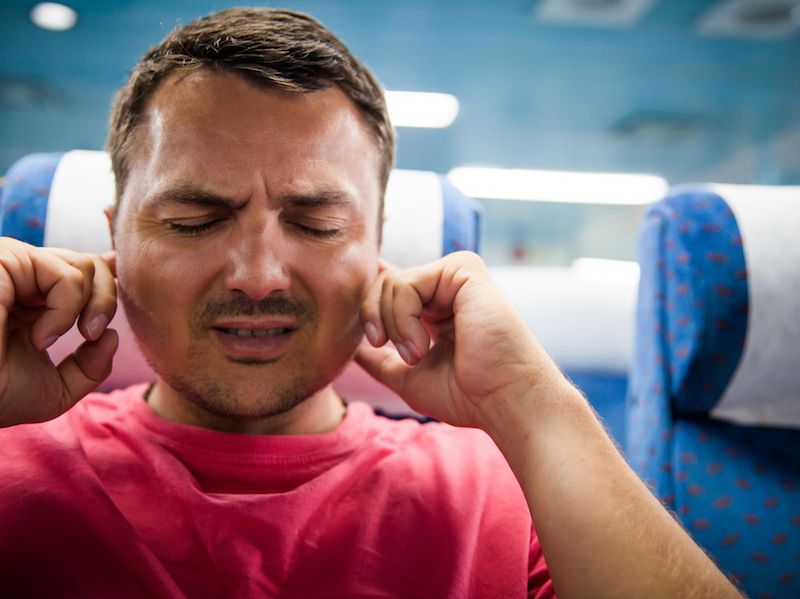
Have you ever been on a plane and you start to have issues with pressure in your ears? Where your ears suddenly feel clogged? Maybe someone you know suggested you try chewing gum. And while that sometimes works, I bet you don’t recognize why. Here are a few strategies for popping your ears when they feel plugged.
Your Ears And Pressure
Your ears, come to find out, do a very good job at regulating pressure. Owing to a useful little piece of physiology called Eustachian tubes, the pressure inside of your ears is able to regulate, adjust, and equalize to the pressure in the outside world. Normally.
There are some circumstances when your Eustachian tubes may have problems adjusting, and irregularities in air pressure can cause issues. If you’re ill, for example, or there is a lot of fluid accumulation behind your ears, you could start suffering from something called barotrauma, an uncomfortable and often painful sensation of the ears caused by pressure differential. At higher altitudes, you feel a small amount of this exact situation.
The majority of the time, you won’t notice differences in pressure. But when those differences are rapid, or when your Eustachian tubes aren’t working quite right, you can experience fullness, pain, and even crackling inside of your ears.
Where’s That Crackling Originating From?
Hearing crackling in your ears is rather uncommon in a day-to-day setting, so you might be understandably curious about the cause. The crackling noise is often compared to the sound of “Rice Krispies”. In many instances, what you’re hearing is air getting around obstructions or obstacles in your eustachian tubes. Unregulated changes in air pressure, failure of the eustachian tubes, or even congestion can all be the reason for those blockages.
Neutralizing Ear Pressure
Any crackling, especially if you’re at high altitudes, will normally be caused by pressure imbalances. In that scenario, you can use the following technique to equalize ear pressure:
- Valsalva Maneuver: If you’re still having difficulty, try this: after you pinch your nose and shut your mouth, try blowing out without allowing any air escape. Theoretically, the pressure should be equalized when the air you try to blow out moves over your eustachian tubes.
- Frenzel Maneuver: If nothing else works, try this. With your mouth closed and your nose pinched, try making “k” sounds with your tongue. Clicking may also work.
- Try Swallowing: The muscles that activate when you swallow will force your eustachian tubes to open, equalizing the pressure. This, by the way, is also why you’re told to chew gum when flying; the swallowing is what equalizes the ear and chewing causes you to swallow.
- Toynbee Maneuver: This is really just an elaborate way to swallow. Pinch your nose (so that your nostrils are closed), shut your mouth, and swallow. If you take water in your mouth (which will help you keep your mouth closed) it might help.
- Yawning: Try yawning, it works for the same reason that swallowing does. (if you can’t yawn on command, try thinking about someone else yawning, that usually will work.)
Devices And Medications
If self-administering these maneuvers doesn’t do the trick, there are medications and devices that are specifically made to help you regulate the ear pressure. The cause of your barotrauma and it’s intensity will establish if these medications or techniques are right for you.
Special earplugs will work in some situations. Nasal decongestants will be appropriate in other situations. Your scenario will dictate your response.
What’s The Trick?
Finding what works best for you and your eustachian tubes is the real trick.
If, however, you’re finding that that feeling of having a blocked ear doesn’t go away, you should call us for a consultation. Because this can also be a sign of hearing loss.
